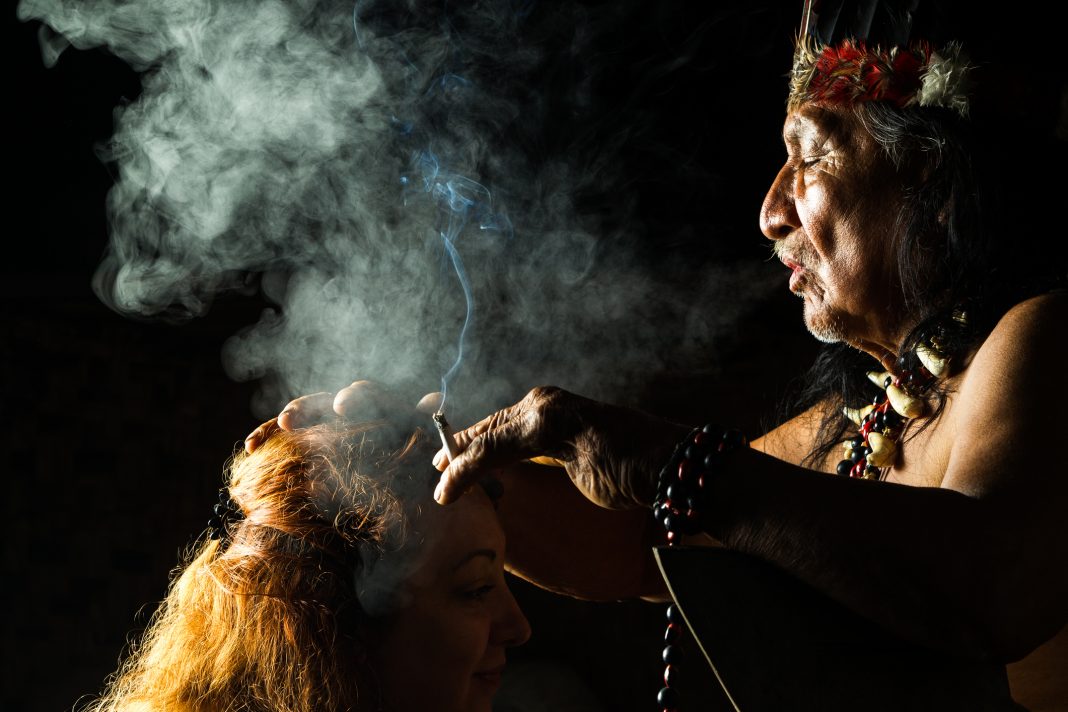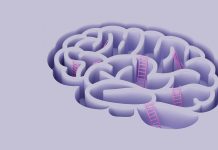A survey looking at ayahuasca dangers finds 70% experience physical and 55% mental health adverse effects – but only 2.3% of physical adverse events require medical attention
There is a high rate of adverse physical effects and challenging psychological effects from using the plant-based psychoactive drug ayahuasca, but few ayahuasca dangers are ever severe.
Although clinical trials have examined the potential benefits of ayahuasca, few have analysed its adverse effects.
Researchers at the University of Melbourne used data for a study on ayahuasca dangers from an online global survey carried out between 2017 and 2019, involving 10,836 people from more than 50 countries who were at least 18 years old and had used ayahuasca at least once.
Information was taken for participants’ age, physical and mental health and history and context of ayahuasca.
“Risks are greater for vulnerable individuals or when used in unsupportive contexts”
What is Ayahuasca?
Ayahuasca is a South American psychoactive brewed drink used in traditional medicine and ceremony. Its use has been expanding throughout the world for mental health purposes and for spiritual and personal growth. In Quechua, ayahuasca means “vine of the ancestors.”
As the vine is drank as a tea, these teas also have other ingredients, such as the chacruna plant, which also has a psychedelic substance called DMT. It’s the DMT that creates the experience so many people associate with the use of ayahuasca.
While ayahuasca is generally classified as a hallucinogen, many believe the experience and the effects ayahuasca has on the brain are different from drugs like LSD or mushrooms.
What are the effects of Ayahuasca?
Within about a half-hour after consuming ayahuasca tea, people experience something that they describe as hallucinations.
Most people who have used it don’t feel like it’s the same as a trip they might get with LSD, but instead describe it as more emotional and spiritual, as opposed to being recreational.
Research suggests ayahuasca can change activity in certain areas of the brain.
Research suggests ayahuasca can change activity in certain areas of the brain
When they’re overactive, these areas are associated with conditions like anxiety, social phobia and depression, so this may be why people feel that consuming ayahuasca might be beneficial for these disorders. The DMT component of ayahuasca is also related to proteins that help with memory and the regeneration of neurons.
Overall, acute physical health adverse effects were reported in the ayahuasca dangers study by 69.9% of the sample, with the most common effects being vomiting and nausea (68.2% of participants), headache (17.8%) and abdominal pain (12.8%).
Only 2.3% of participants reported physical adverse events required medical attention for this issue. Among all participants, 55% also reported adverse mental health effects, including hearing or seeing things (28.5%), feeling disconnected or alone (21.0%), and having nightmares or disturbing thoughts (19.2%).
Is Ayahuasca safe?
Ayahuasca drug practices can hardly be assessed with the same parameters used for prescription medicines – since most ayahuasca dangers include challenging experiences that are intrinsic to the experience, some of which are considered as part of its ‘healing process’. To some, this may be more dangerous for the mind than for others.
87.6% of all respondents believed they were completely or somewhat part of a positive growth process.
The researchers also identified several factors that predispose people to the adverse physical events of the drug, including older age, having a physical health condition or substance use disorder, lifetime ayahuasca use and taking ayahuasca in a non-supervised context.
Ayahuasca has notable, although rarely severe, adverse effects
The authors note that ayahuasca has notable, although rarely severe, adverse effects according to the standards used for assessing prescription medicines.
The authors state: “Many are turning to ayahuasca due to disenchantment with conventional Western mental health treatments, however, the disruptive power of this traditional medicine should not be underestimated, commonly resulting in mental health or emotional challenges during assimilation.
“While these are usually transitory and seen as part of a beneficial growth process, risks are greater for vulnerable individuals or when used in unsupportive contexts.”












The fact of calling Ayahuasca a drug shows how nonsense the full article is !
It is literally a drug though. Even though it’s made naturally it’s still addictive and can be quite harmful. The same as cocaine comes from the coca plant and weed comes from a cannabis plant. Alcohol is even made from plants and water.